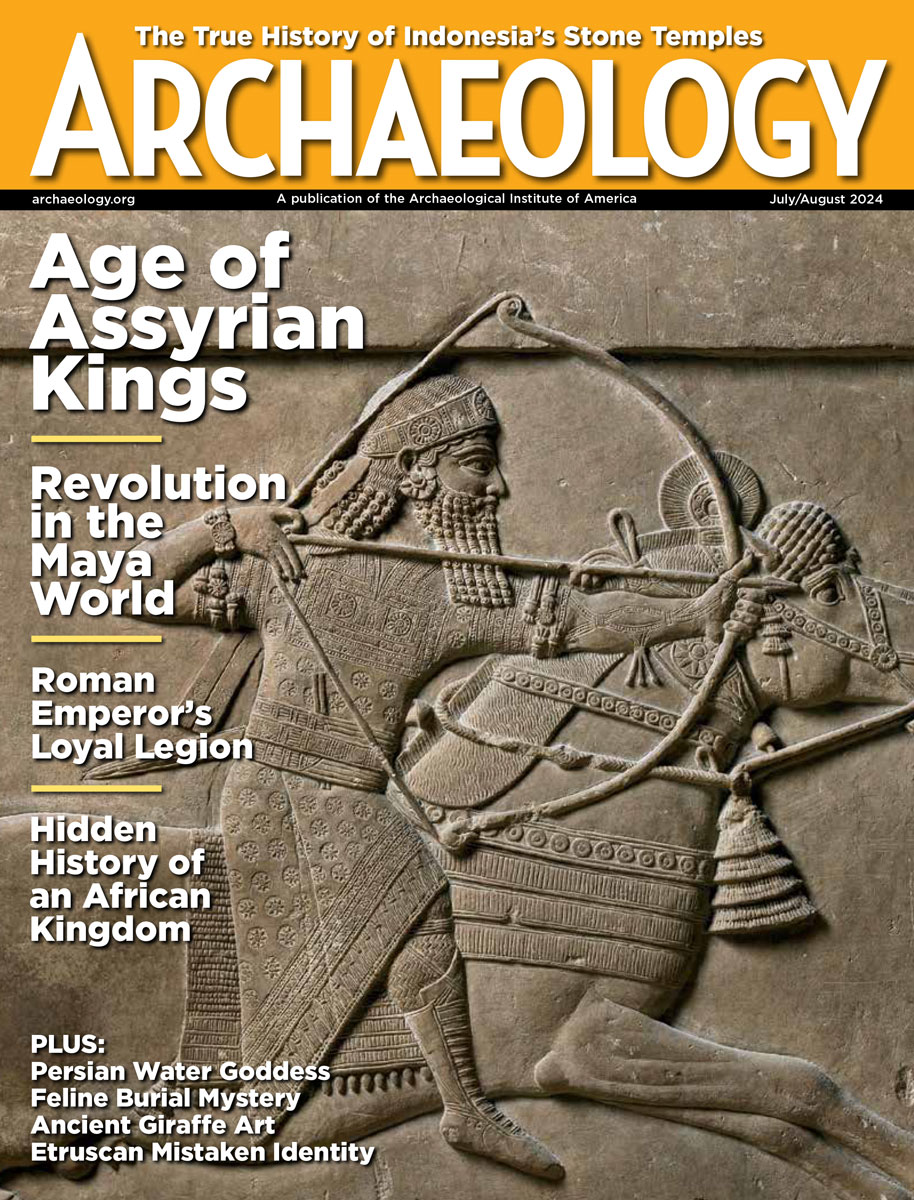Monday, January 23
January 23, 2012
Italy has returned a sculpted head of Domitilla Minor, which was stolen from Sabratha in the 1960s, to Libya.
A y-shaped Roman building has been discovered in eastern England, near the ancient town of Venta Icenorum. “It’s very unusual to find a building like this where you have no known parallels for it. What they were trying to achieve by using this design is really very difficult to say,†said William Bowden of the University of Nottingham.
CT scans of two adult ibis mummies and one hatchling show that the Egyptian embalmers had removed the birds’ internal organs, preserved them, and then replaced them in the bodies along with some food. “It suggests the provision of an afterlife food source to the bird,†explained Andrew Wade of the University of Western Ontario.
Some 200 previously unknown, medieval Jewish manuscripts from Afghanistan have turned up on the international antiquities market.
Human remains and ancient artifacts were uncovered when a construction crew removed a giant cedar tree on Vancouver Island. One set of remains had been damaged by the machinery; the remains of two adults and one infant were also found, intact.
Divers from the Australian National Maritime Museum have found The Royal Charlotte, a convict and troop transporter, off the coast of Queensland. It had been carrying troops to India when it sank in 1825.
Here’s the story of HMS General Hunter, a British vessel that was captured by the Americans during the Battle of Lake Erie in 1813, and eventually sank in Lake Huron in 1816. Low water levels exposed the ship in 2001, so it was excavated and then reburied.
Forensic archaeologist Caroline Sturdy Colls writes about her initial survey of the Treblinka death camp in Poland for BBC News. Aerial photographs and maps help tell this story, and provide more information about the Nazis’ attempt to destroy evidence of the Holocaust in 1943.
- Comments Off on Monday, January 23









